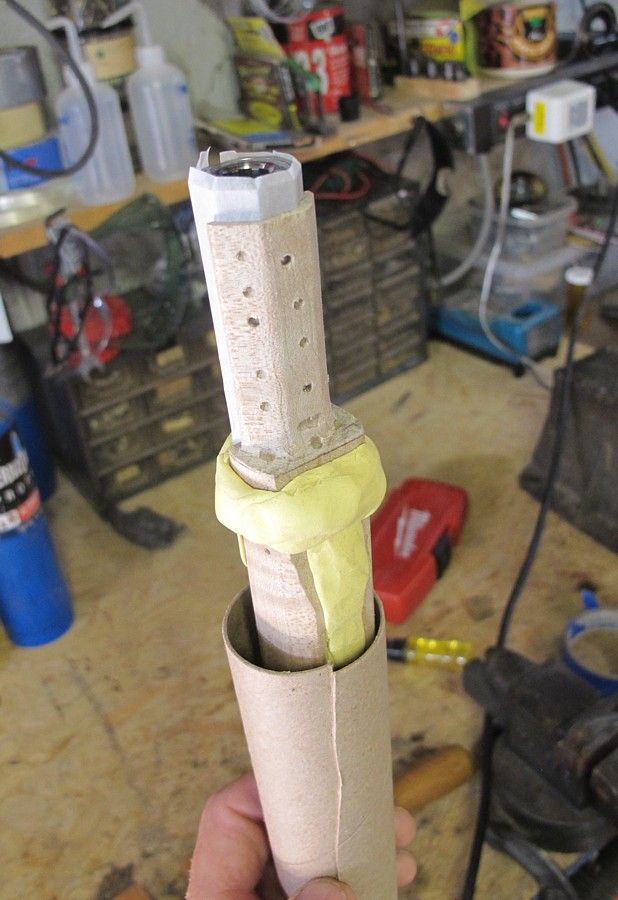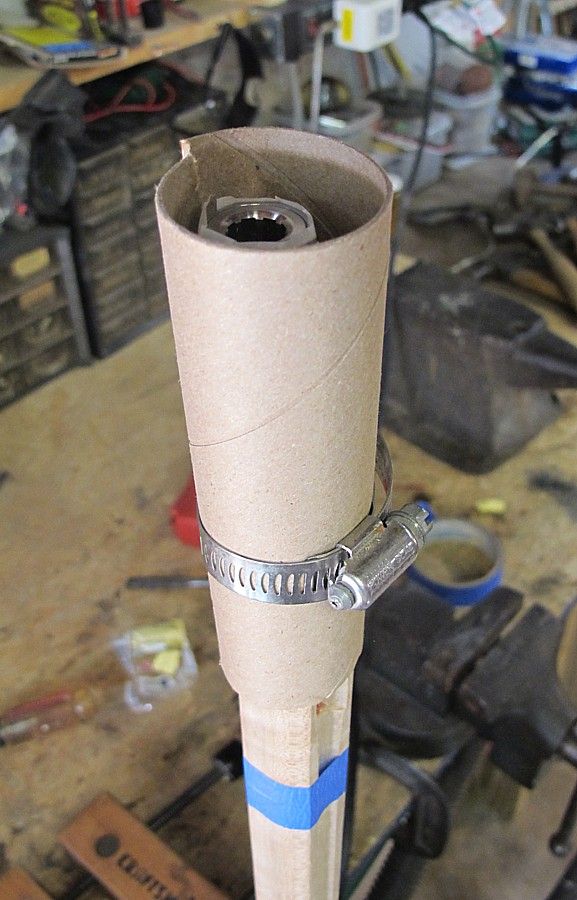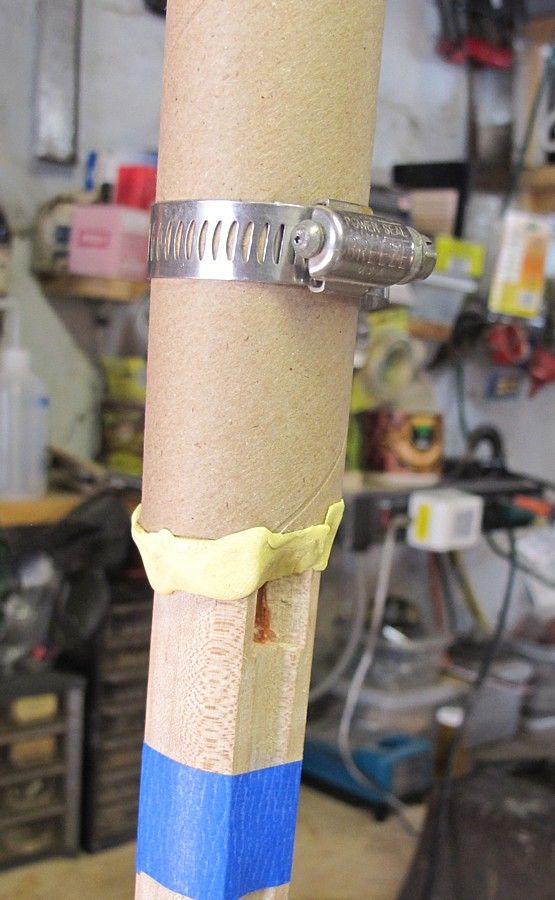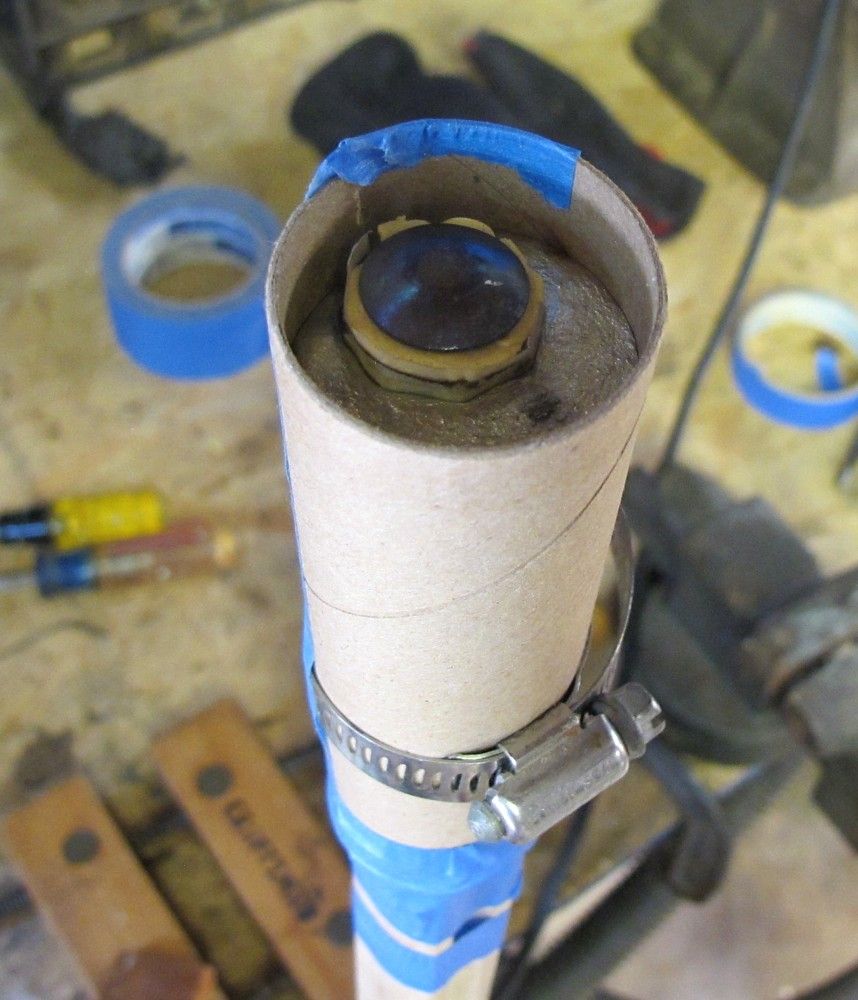Col. Batguano
75 Cal.
- Joined
- Feb 10, 2011
- Messages
- 5,039
- Reaction score
- 1,426
Last night I tried casting my nose cap for my TOW Vincent. Made a mess of it, but at least it didn't leak down the RR hole. It seems that molten pewter really likes to find places to leak out and run all over the place.
I tried using plumber's putty to seal the small cracks, made dams on either end with small pieces of wood scrap, and then used the cardboard and masking tape over that. What a mess it made!
What's the best way to get a decent seal so the stuff actually has time to pool up in there and cool?
Note to self; used chewing gum makes a gooey mess when heated. Don't use that again!
I tried using plumber's putty to seal the small cracks, made dams on either end with small pieces of wood scrap, and then used the cardboard and masking tape over that. What a mess it made!
What's the best way to get a decent seal so the stuff actually has time to pool up in there and cool?
Note to self; used chewing gum makes a gooey mess when heated. Don't use that again!











